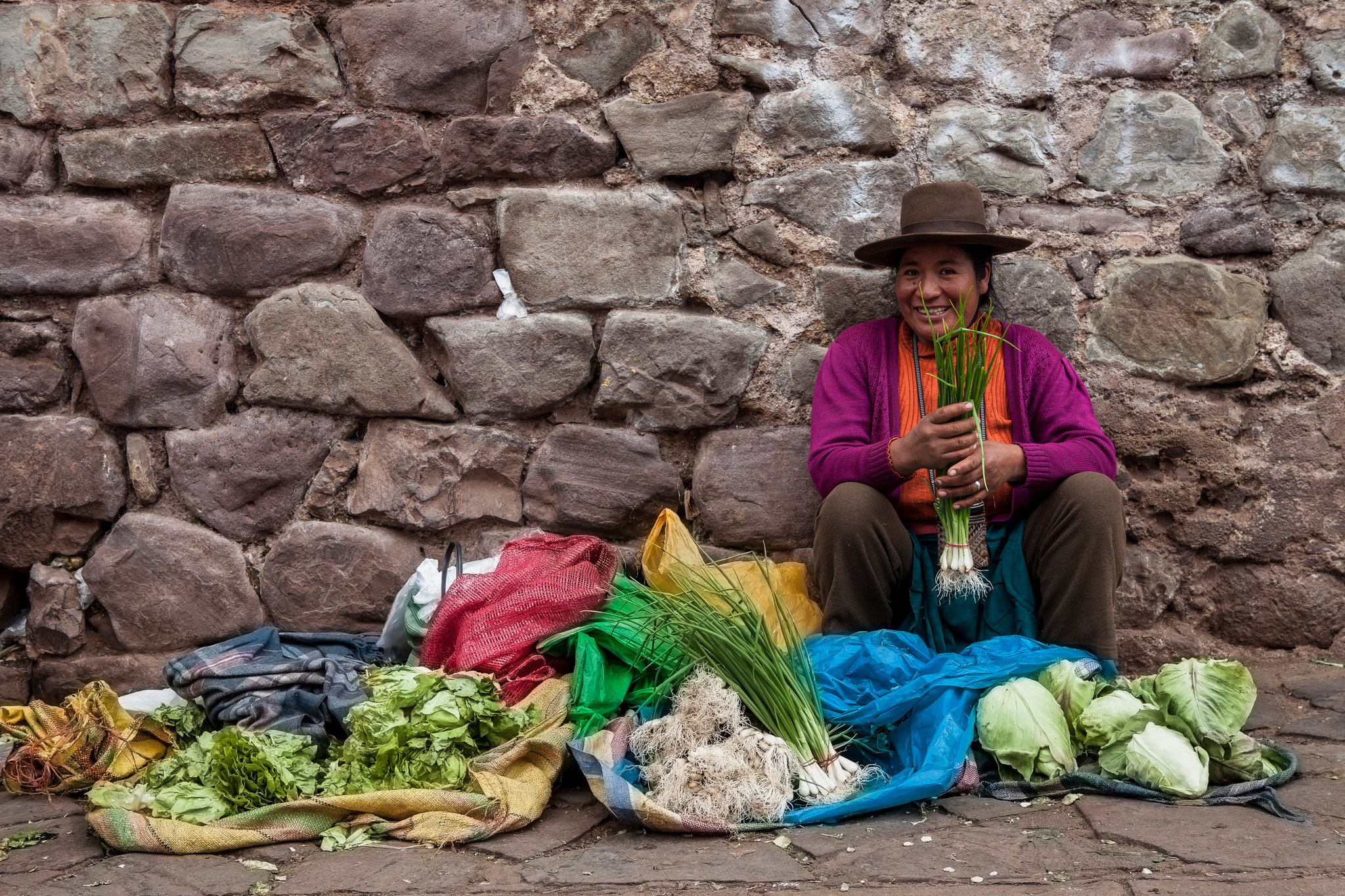Our travelers have always loved volunteering in Cuzco, Peru. Our volunteer programs in Cusco include teaching English and working at medical clinics.
Today Lucas Peterson, the FRUGAL TRAVELER from the New York Times, recently wrote an article on Cuzco.
The short version? He loved it!
He visited the San Pedro Market, “…a massive covered expanse (it seems slightly larger than a football field) where vendors sell an array of items, like textiles and cuy, or guinea pig.”
He ate too. As he says, “Peruvians are fanatical about their pollo a la brasa — roasted chicken — and there are a number of pollerías where you can try the salty, greasy dish.”
More on Lucas’ experience with the food in Cusco:
“The tapas at Cicciolina, which included Peruvian duck ham with chile, scallops with avocado and a Cuzqueñan salad of corn, cheese and fava beans, can be had à la carte (10 soles each) or as a selection of five (chef’s choice, 30 soles). I enjoyed a salad of local organic lettuce and prawns coated in blue-black quinoa with a maracuyá (passion fruit) vinaigrette (36 soles). Other food options on this end of the spectrum include La Bodega 138, where I had a decent 39-sol Estrella pizza with mushrooms, salami and ham, and a local Peruvian beer for 16 soles.”

